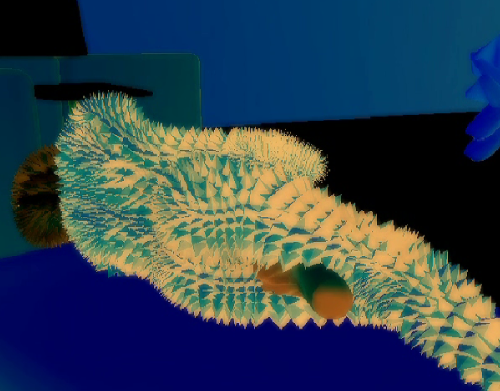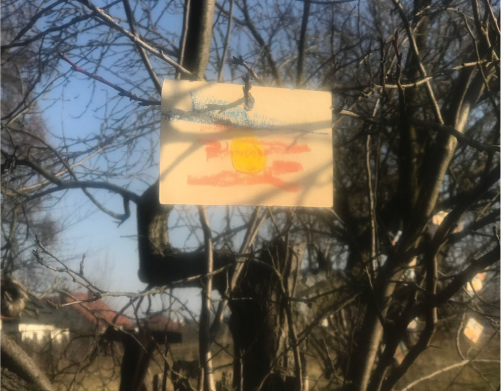The Shape of Indoor Space
An Essay by Peter Burr
from MM04, released November 2019
An Essay by Peter Burr
from MM04, released November 2019
----
A handful of years ago I was doing a series of illustrations for the New York Times and started thinking back to my earliest days as an image-maker (those precarious prepubescent years). At the time I approached this interest quite simply, often copying drawings from my Nintendo Power magazines to resituate the characters and landscapes I spent so much time with as a game-addicted youngster. I was interested in finding a way to tell stories through a single image. I had no patience to hone the skill required to draw Samus’ nutty spacesuit the same way each time.
A handful of years ago I was doing a series of illustrations for the New York Times and started thinking back to my earliest days as an image-maker (those precarious prepubescent years). At the time I approached this interest quite simply, often copying drawings from my Nintendo Power magazines to resituate the characters and landscapes I spent so much time with as a game-addicted youngster. I was interested in finding a way to tell stories through a single image. I had no patience to hone the skill required to draw Samus’ nutty spacesuit the same way each time.
Nintendo Power Magazine
Reflecting on this as an adult (now having the patience to draw the same spacesuit over and over again in a sequence) got me thinking about metonymy — the way image makers can point towards complex ideas and topics using a small fragment of that messy idea as a stand-in for the whole. In the images of Daedalus’ labyrinth below, a circuitous piece of architecture not only describes itself as a structure housing senseless death…. it points towards a broader archetype that extends from a feeling of being lost to a symbol of systemic power governed by kings. There is so much here to make an individual feel fragile.
New York Public Library Picture Collection
For one, it may point towards a landscape pitted with putrid obscurities, inextricable like a nasty trap. I’ve crawled, bashed, and otherwise conjured a path through many of these sorts of structures. These spaces often exist outside of normal time in the most extreme abstractions of place.
Archizoom Associati
It may also embody exclusion zones: spaces to make things disappear without actually destroying them. These places are built to enforce the high status of that which they contain — something existing outside of life or death. An exclusion zone is a tangible landscape cloaked in an abyss — an uninviting outer space on earth. It may shroud a minotaur as easily as it may shroud an entire civilization of unwanted humans.
Office
Perhaps in its most abstracted form, the labyrinth loses its walls. In this formlessness, we discover something that is beyond spatial comprehension: an infinite hallway or claustrophobia under an open sky.
Will Insley
This single image is both unified and fragmented… a path and a pattern. You can get lost in the doubling back of its corridors then find a vantage above that spatial coil and watch it flatten into a harmless symbol. If 2019 has taught me anything about symbols, it is their lack of fixed meaning. I like that labyrinths let you get lost in them knowingly. Sometimes walking into their anxious tunnels is the best way to see a new path forward.
----
----
If you enjoyed this interview, please consider purchasing a physical copy.
Your support keeps the magazine running, thank you.
Your support keeps the magazine running, thank you.
© Mostly Moving 2020









